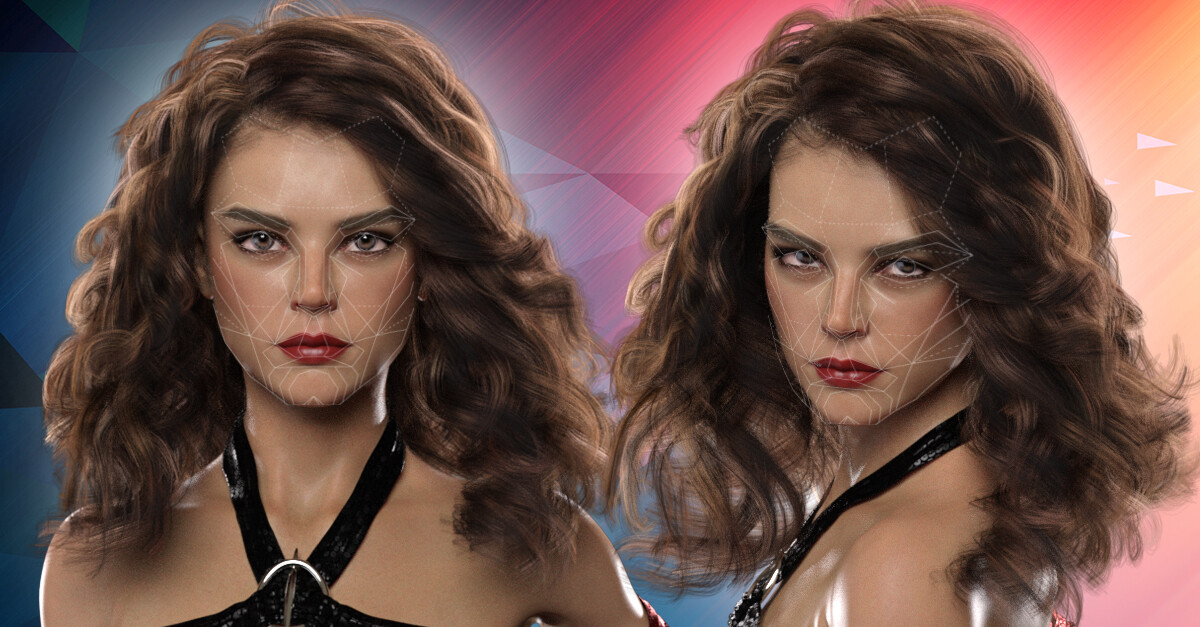Have you seen articles claiming that science (or math) has dictated that the most beautiful woman in the world, as of 2019, is Bella Hadid? Back in 2016, the same individual--plastic surgeon Julian De Silva--declared Amber Heard the most beautiful woman in the world, but she was "dethroned" in 2019.
Dr. De Silva discusses his methods here (note: this is a podcast; if you want something written, see the methods of a biostatistics professor, Kendra Schmid, here). Basically, they employ the Golden Ratio to facial proportions.
Do I buy this? Not. so. much. I can buy that someone whose face follows the Golden Ratio may be considered attractive (also unproven), but most attractive? And on top of it, use this to rank women? (As of 2020, Dr. De Silva ranks men as well, with Robert Pattinson topping the list.)
As to Dr. De Silva's rankings, he certainly has not published any details beyond the list of winners and their close-to-perfection percentage. In particular, he has not published a list of celebrities whose faces were examined. Presumably, he only considered attractive celebrities to begin with, and I suspect not that many of them. Since he has published his list twice now, once in 2016 and once in 2019, I thought it was interesting to observe who made the list each time.
The List in 2016
- Amber Heard (91.85% "'accurate' to the Golden Ratio of Beauty Phi")
- Kim Kardashian (91.39%)
- Kate Moss (91.06%)
- Emily Ratajkowski (90.8%)
- Kendall Jenner (90.18%)
- Helen Mirren (89.93%)
- Scarlett Johansson (89.82%)
- Selena Gomez (89.57%)
- Marilyn Monroe (89.41%)
- Jennifer Lawrence (89.24%)
The List in 2019
- Bella Hadid (94.35%)
- Beyoncé (92.44%)
- Amber Heard (91.85%)
- Emily Ratajkowski (91.81%)
- Taylor Swift (91.64%)
- Kate Moss (91.05%)
- Scarlett Johansson (90.91%)
- Natalie Portman (90.51%)
- Katy Perry (90.08%)
- Cara Delevigne (89.99%)
As of 2019, Kim Kardashian and Kendall Jenner no longer warrant mentions in the Top 10, despite Cara Delevigne's score being "lower" than theirs. Or maybe their faces/scores changed. It's certainly possible, since Emily Ratajkowski's and Scarlett Johansson's scores went up in the intervening three years. Or it could be that he used different photographs.
Selection-wise, who knows, all of this could be "political." In other words, which celebrity mentions might bring the most eyeballs on social media or sell magazines, which celebrity mentions might suggest more legitimacy among a different demographic (Monroe), which celebrities agreed to cross-promote ahead of time (definitely not Monroe), etc. Some Instagram commenters complained that Dr. De Silva included people who have undergone facial plastic surgery, although that's really the point of the rankings--to sell his plastic surgery services so that you, too, can become more beautiful!
In light of the 2019 list, the 2016 list is also highly suspect in its blatant omissions. No Beyoncé? No Taylor Swift? No Natalie Portman? No Katy Perry? All of these women were very famous even in 2016, yet they were not "measured" until 2019? Who even are the candidates?
I read some criticism of the 2016 list that few WOCs were included; lo and behold, in 2019, Beyoncé is ranked second, though we still have no idea if more WOCs were included this latest round. If there were not, then there's an inherent bias here. If there were and many did not make the list, it would suggest that the Golden Ratio is a very Westernized idea of beauty, if it can represent beauty at all.
I thought I'd try to replicate the calculations starting with Bella Hadid, but I immediately ran into some problems. In most of her photographs, she has a preferred facial pose: chin down, looking up, ever so slightly but enough to potentially skew any ratios. Then, admittedly, I just gave up because I realized I don't buy into this anyway.

